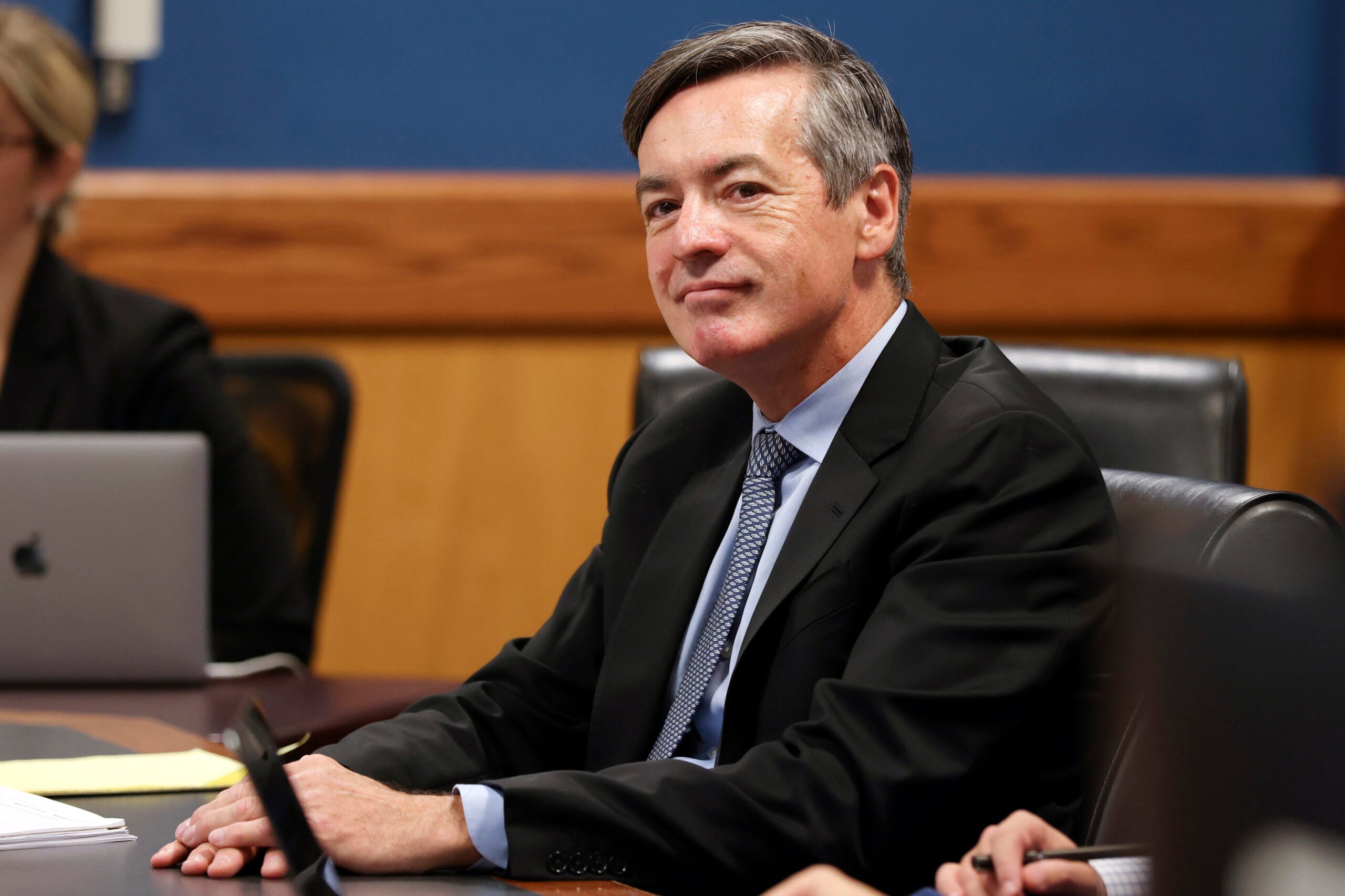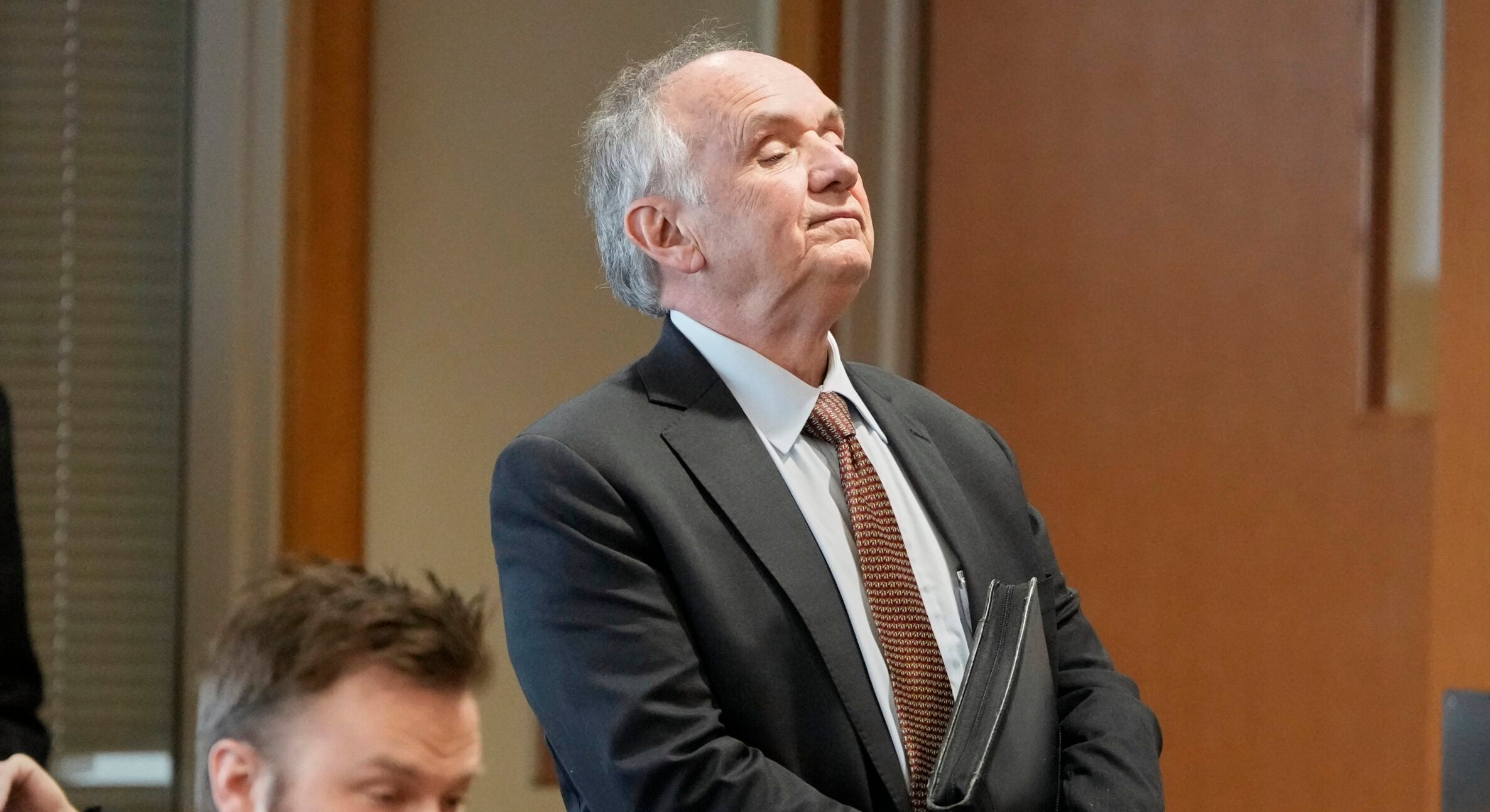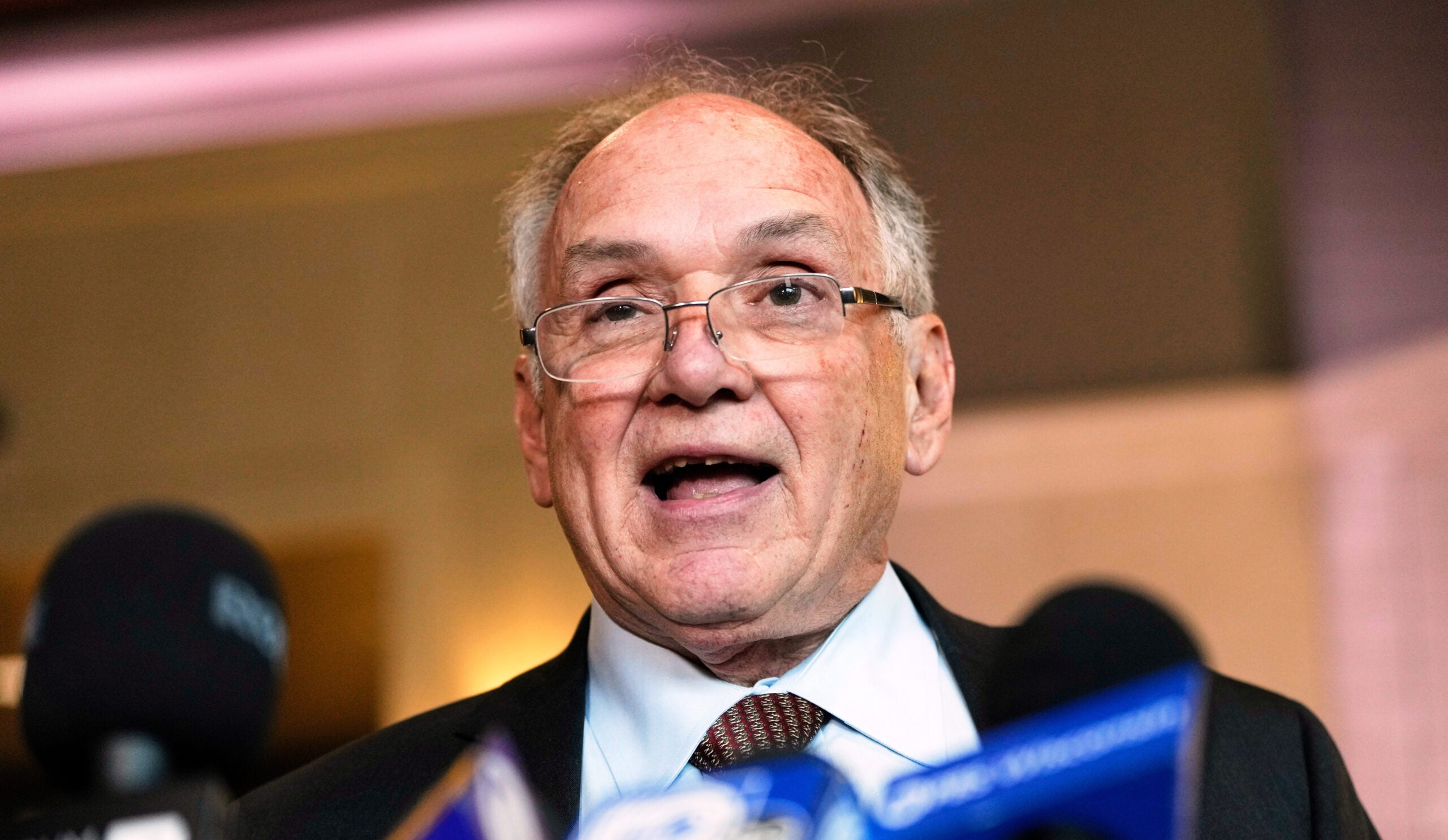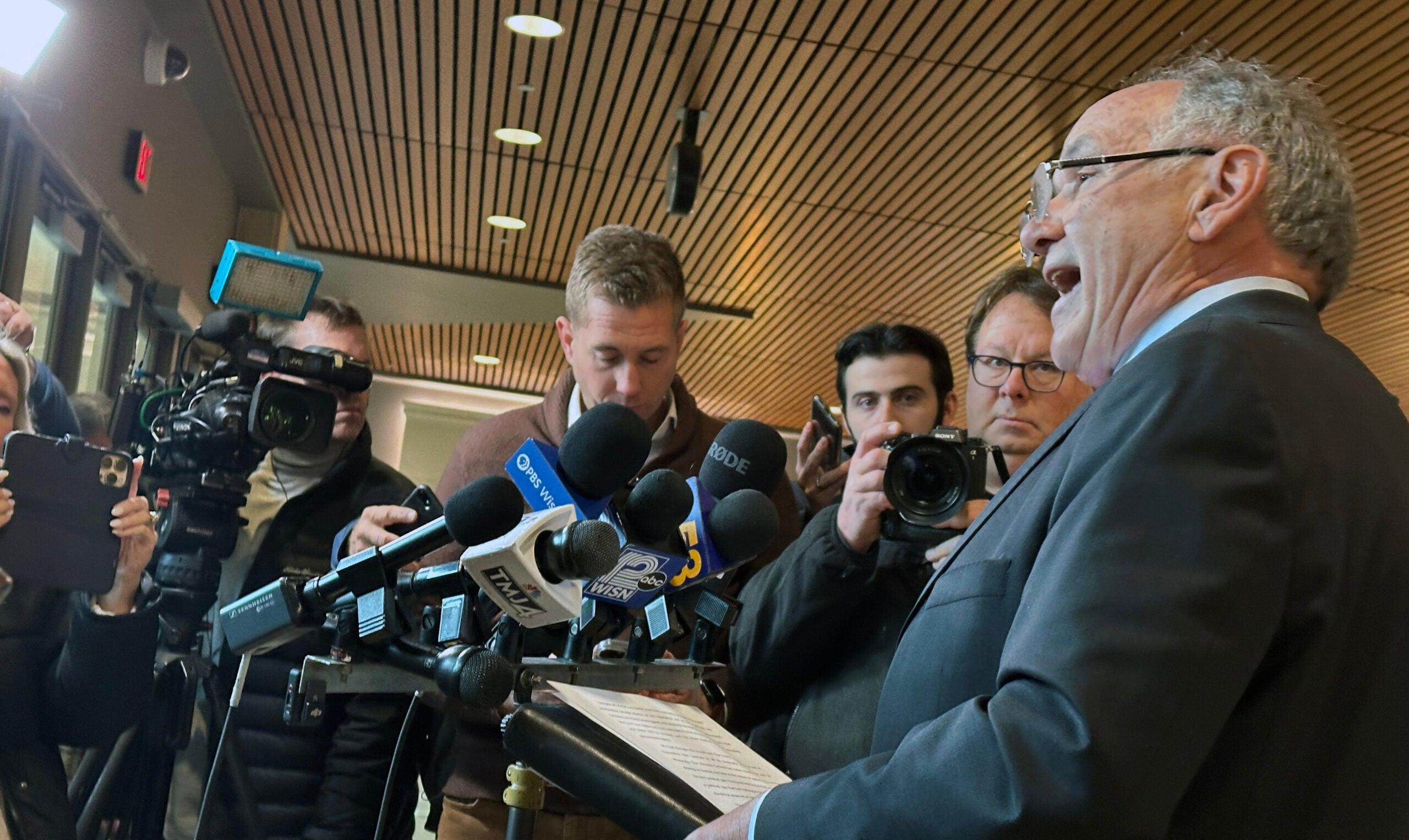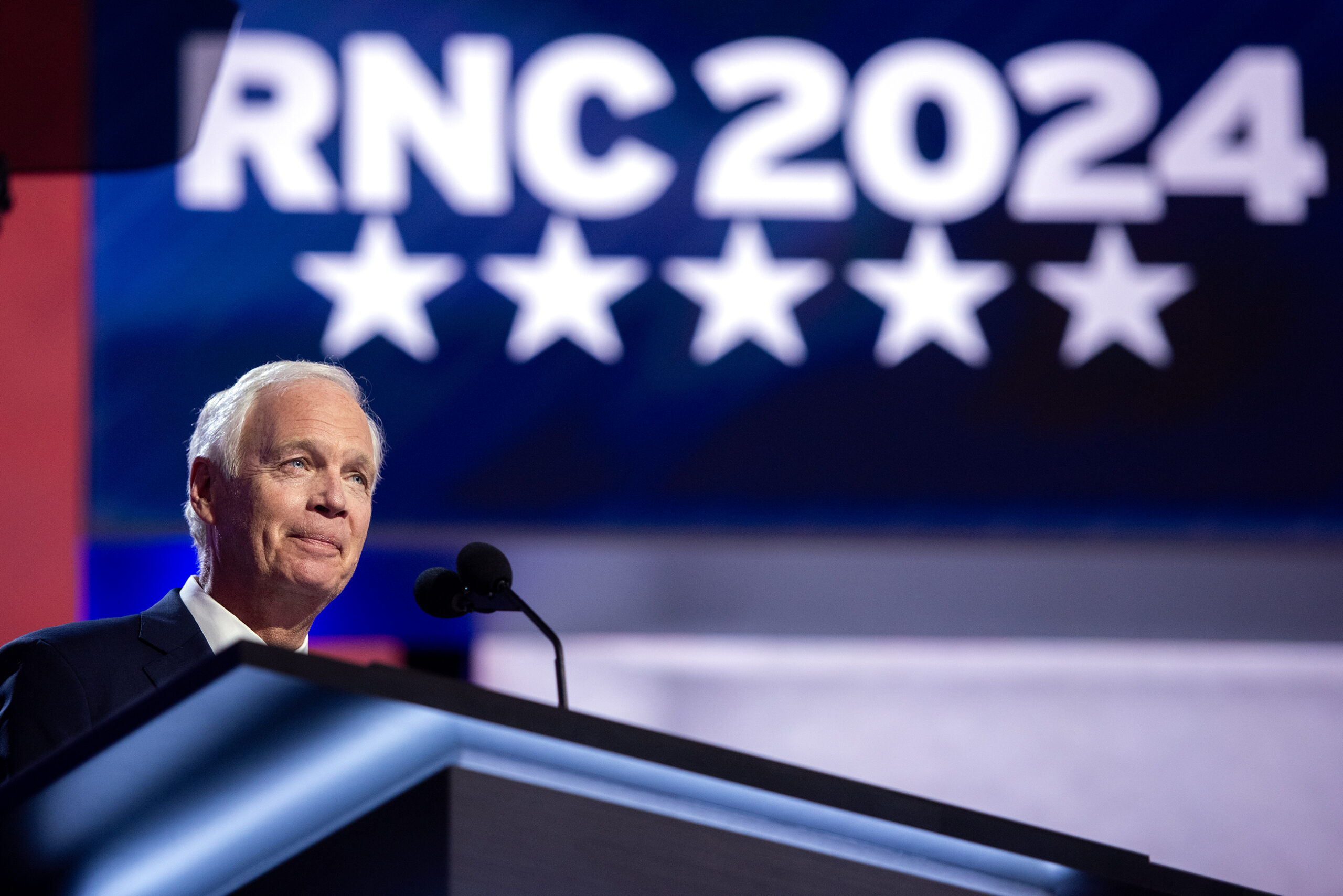By the time Congress met on Jan. 6, 2021 to certify the results of the 2020 presidential election, the idea that lawmakers could plausibly overturn Joe Biden’s victory in favor of Donald Trump had spread like wildfire.
It picked up fuel in a handful of swing states, with the help of a spark in Wisconsin.
Documents released this week as part of a lawsuit settlement shed new light on Wisconsin’s role as a sort of test case for the false elector plot Trump’s campaign used in vain to try to overturn his 2020 loss to Biden. They include emails and texts between attorneys Jim Troupis and Kenneth Chesebro, whom Troupis enlisted to help with the Trump recount in Wisconsin.
News with a little more humanity
WPR’s “Wisconsin Today” newsletter keeps you connected to the state you love without feeling overwhelmed. No paywall. No agenda. No corporate filter.
The effort from Chesebro and Troupis was pushed to the highest levels of the Trump campaign and has become central to criminal charges lodged against Republicans in a handful of other states, not to mention the unprecedented indictment of Trump in Georgia.
While circumstances have changed, the new information comes amid a familiar backdrop, with Trump and Biden set to face off for a second time in 2024.
Kenneth Chesebro joins Trump campaign, first pitches false electors plot
A catalog of more than 1,400 pages of documents released via a settlement between Troupis, Chesebro and Democrats who sued Wisconsin’s false electors show the plot unfolded five days after Biden was declared the unofficial winner of the 2020 election.
After being invited to be an election night poll watcher by Troupis, Chesebro volunteered to help the Trump campaign’s legal efforts on Nov. 8, 2020.
In an email to Troupis that day, Chesebro said that if “various systematic abuses” of Wisconsin election laws could be proven in court, “I don’t see why electoral votes certified by (Gov. Tony) Evers … should be counted over an alternative slate sent in by the legislature.”
“At minimum,” he continued, “with such a cloud of confusion, no votes from WI (and perhaps also MI and PA) should be counted, perhaps enough to throw the election to the House.”
This idea of having the U.S. House, or the Wisconsin Legislature, decide the election was raised repeatedly by Chesebro. In another email to Troupis a month later, he said having Republican electors send in “alternate slates” of votes would “pay huge dividends even if there is no litigation pending on Jan. 6” when Congress would certify the ballots.
Chesebro cited 1960 Hawaii election, but legal experts say there’s no comparison
Among the citations in what would become Chesebro’s final memo about the false electors was a 2020 article titled “How to Decide a Very Close Election for Presidential Electors” coauthored by independent scholar Michael Rosin. It describes a 1960 election dispute in Hawaii that led to competing slates of electors for Democrat John F. Kennedy and Republican Richard Nixon being submitted to Congress.
In an interview with WPR, Rosin said while the article suggested electors for two competing candidates meet if a contested election hasn’t been resolved, it did not suggest a slate of electors send paperwork to Congress without being certified by a governor.
Rosin said he was “a little bit surprised and not surprised” to see his work show up in the Chesebro memo but was left wondering why the campaign lawyers didn’t contact him for more context.
“If this is all above board and out in the open, why didn’t you contact the people you thought were experts?” Rosin said.
Rosin said the Trump campaign “tried to usurp the electoral votes” from states it lost based on unfounded claims rejected by several courts.
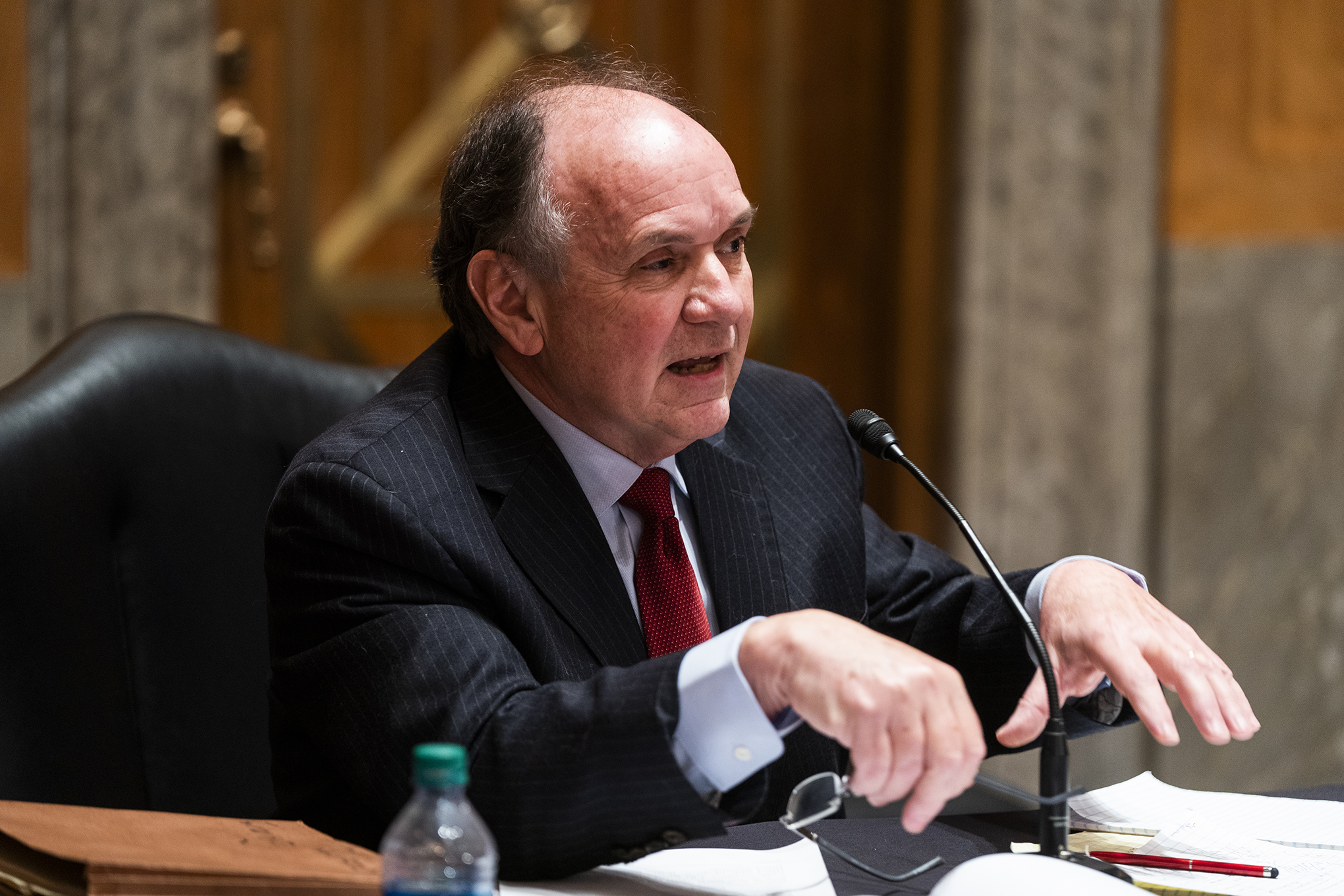
Official Wisconsin documents from 2016 became framework for false electoral ballots in several states
Chesebro’s theory was embraced by Troupis, who forwarded it to the highest levels of the Trump campaign.
In an email to Trump Campaign Strategic Advisor Boris Epshteyn, Troupis shared memos from Chesebro outlining the plan to have Republicans appoint “a second slate of electors in Wisconsin” who needed to cast their ballots on Dec. 14.
“The key nationally would be for all six states to do it so the election remains in doubt until January,” Troupis wrote. “But, if you let the 14th pass without Trump electors meeting and voting and transmitting, no Court can change the outcome.”
Epshteyn liked the plan and asked Troupis to prepare a sample of a Wisconsin Trump elector ballot for Wisconsin.
“If the answer is yes, how would you feel about preparing same sample ballots for PA, Georgia, Michigan, AZ, Nevada and New Mexico?” Epshteyn said.
Using pictures of official 2016 electoral ballots and an archived copy of a state certificate, Chesebro made copies for the 2020 false elector meetings that would take place around the nation. Language stating that the false electors in Wisconsin were certified by the Wisconsin Elections Commission was removed and a notary stamp replaced the official state seal.
“It would be nice to get some of those official-looking gold seals!” Chesebro said in a Dec. 10, 2020 email to Troupis.
Knowing the press would have questions about Republicans posing as electors in six states Trump lost, Chesebro and Troupis coordinated on how to explain it to the public. Per a Trump campaign directive, there were to be no statements made before Dec. 14.
Chesebro then shared a fill-in-the-blank statement for Republican parties in other contested states with instructions to only release it after electors vote.
“As the legal proceedings arising from the November 3 presidential election continue to work their way through our nation’s judicial system,” read Chesebro’s draft, “we have asked the [NAME OF STATE] Republicans who pledged to vote for President Trump and Vice President Pence in the Electoral College to convene in [CAPITOL CITY] on December 14, to cast their ballots and send them to Congress, where the Electoral votes are to be opened and counted beginning on January 6.”
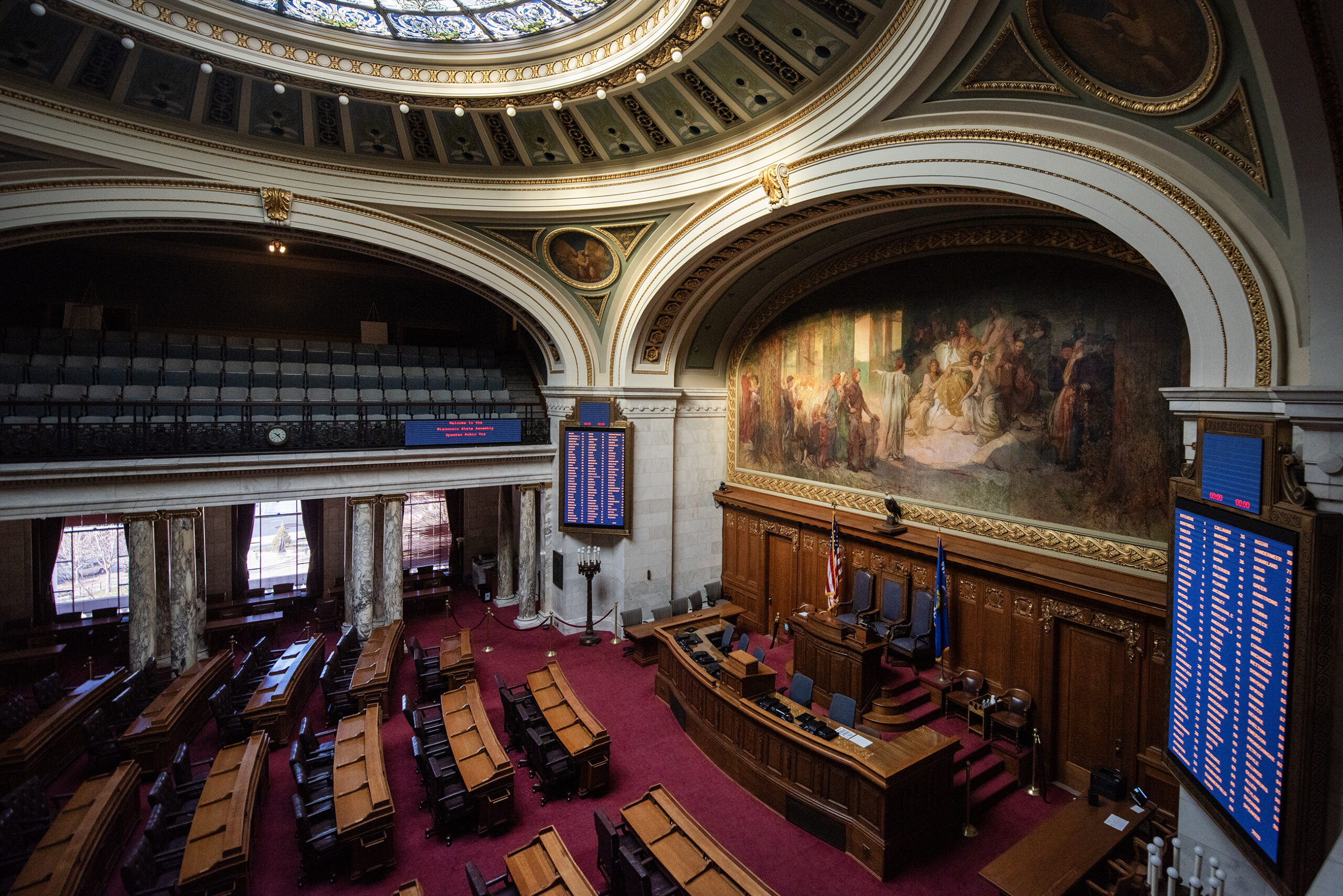
Chesebro suggested GOP-controlled Wisconsin Legislature could order Trump victory despite election results
While the strategy was never pursued formally in 2020, Chesebro had another idea for how to swing Wisconsin. In repeated emails and texts, he suggested the Republican-controlled state Legislature could simply call the election for Trump.
He wasn’t the only Republican discussing it. Assembly Speaker Robin Vos, R-Rochester, asked the the nonpartisan Legislative Reference Bureau whether the Legislature could “affect the selection or actions of the state’s presidential electors” after voters cast their ballots on Nov. 3.
In a memo dated Nov. 16, 2020, the LRB said it was not an option.
Chesebro disagreed. In a subsequent email to Troupis, he said as the absentee ballot case was pending, state lawmakers “willing to take the lead” could use a federal law which states that presidential electors may be appointed “in such a manner as the legislature of such state may direct.” Chesebro said this would give the Trump campaign “a shot at having two bites at the apple” by litigating the case while trying to convince enough lawmakers of widespread voter fraud so that they order the state’s electoral votes go to Trump.
“Doing so doesn’t disenfranchise voters,” Chesebro told Troupis. “It’s clear that citizens have no right to vote for president. And it’s clear that if a Legislature chooses to let citizens vote for president, the voting has to be done in the manner the Legislature directed — not in some other manner, manipulated by a particular political party for partisan advantage. So it logically follows that partisan election officials go too far over the line, the election just doesn’t count.”
Chesebro offered to “educate” Republican lawmakers in Wisconsin, but ultimately, the legislative angle was not pursued.
Wisconsin Supreme Court rejects Trump campaign lawsuit just before false electors vote
Dec. 14, 2020 was a busy day at the Wisconsin Capitol.
The state’s highest court ruled against the Trump campaign’s lawsuit that morning, which led Troupis to text Epshteyn that conservative Justice Brian Hagedorn “went full liberal equity” by siding with the court’s three liberals.
In a subsequent text to Troupis outlining an upcoming trip to meet with Trump at the White House, Chesebro joked about “inviting Hagedorn on the plane, and solving that problem at high altitude, over water …”
As Wisconsin Democrats cast their official electoral ballots for President Joe Biden, Chesebro joined 10 Republicans in a conference room at the capitol to sign their ballots aimed at handing the state to Trump. Video of the proceedings, recorded by Chesebro, show the false electors cheering after the vote.
The electors included former Republican Party of Wisconsin Chair Andrew Hitt and current Wisconsin Elections Commissioner Bob Spindell. In the past year, all 10 Republicans admitted as part of a lawsuit settlement that their actions Dec. 14 were “part of an attempt to improperly overturn the 2020 presidential election results.”
In an interview with CBS’s “60 minutes” last month, Hitt said he was scared of what Trump supporters would do to him and his family if he didn’t participate in the false elector meeting and if a court were to call the election for the former President.
“It was not a safe time,” Hitt said in the interview.
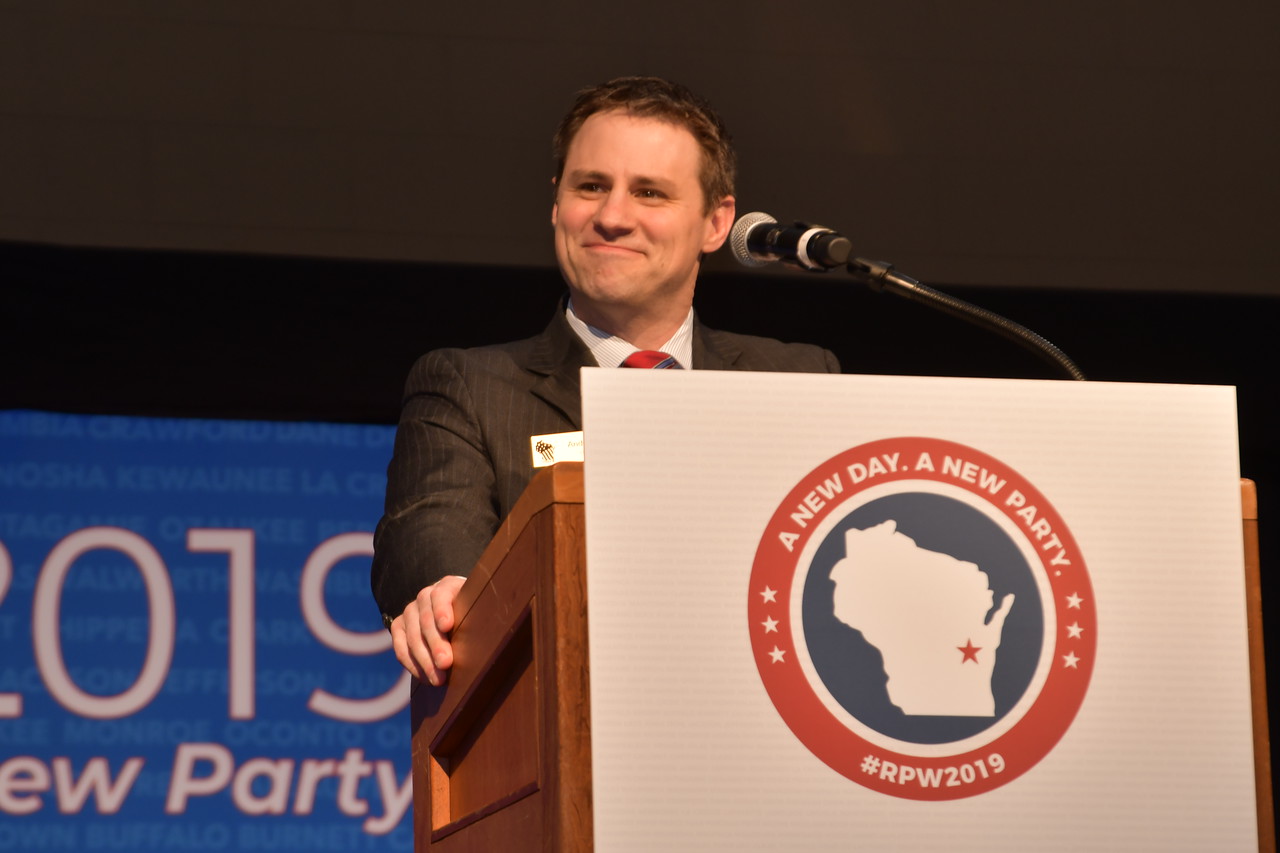
After deadly Jan. 6 riot at US Capitol, Chesebro blames Vice President Mike Pence
In order to see the false elector plan through, Chesebro was at the U.S. Capitol grounds on Jan. 6, 2021, joining Trump supporters, including conspiracy theorist Alex Jones, during a “Save America” rally the former president predicted would be “wild.”
Chesebro and Troupis had texted days earlier about getting clear instructions to the Trump campaign on how to slow down the count of electoral ballots being certified during a joint session of the U.S. House and Senate in hopes of delaying the outcome.
After U.S. Rep. Paul Gosar , R-Arizona, and U.S. Sen. Ted Cruz , R-Texas, objected to Biden’s Arizona electors, the houses split for two hours of debate. Troupis texted Chesebro telling him “History is made!”
“You got Arizona,” Troupis said. “Well done Ken!”
Outside the Capitol, things soon went south.
Federal prosecutors have said Trump directed the angry crowd toward the Capitol after repeating claims Vice President Mike Pence could change the outcome while presiding over the proceedings. Violent clashes with police followed, rioters got inside the building, with some chanting “Hang Mike Pence!” Lawmakers were evacuated, delaying the electoral certifications.
Just before 4 p.m., Troupis texted that there was “Tear gas in the Capitol.” Chesebro responded that he had “caught a wiff.”
Chesebro blamed the riot on Pence in a text to Troupis the next morning.
“I now think Pence had decided by then not to do anything to press the envelope or create a test case, but decided not to be straight with the president,” Chesebro said. “If he had been up front, Trump would have known he had no chance to win other than win in the courts or state legislatures before Jan. 6. If I’m right, Pence gave him false hope.”
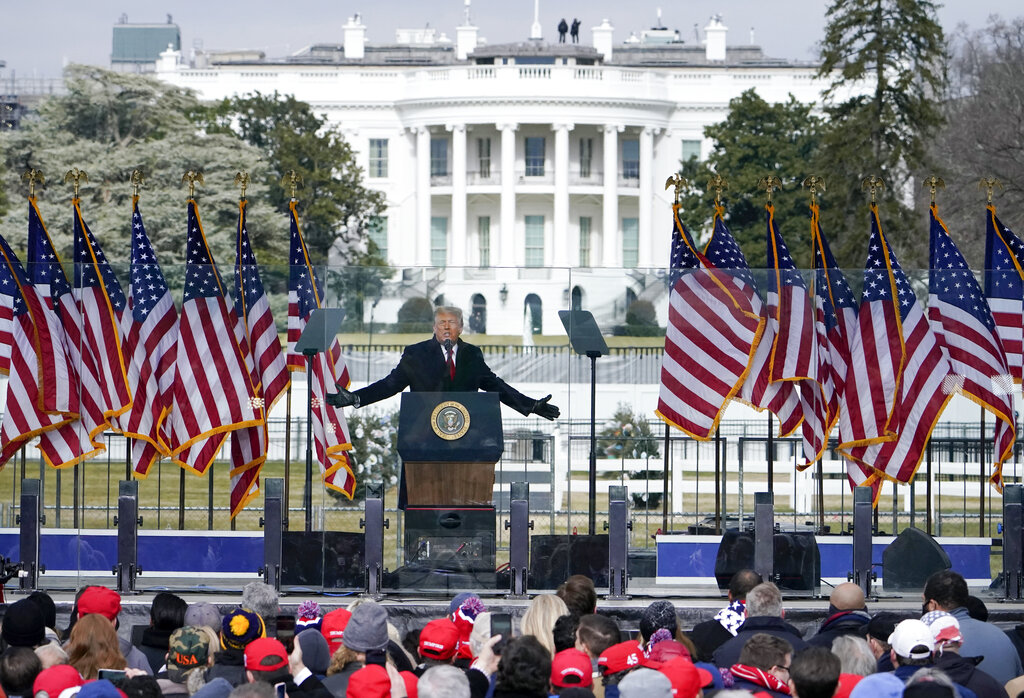
Could the 2020 electors scheme play out again?
Nearly two years after the attack on the Capitol, Congress made changes to the federal Electoral Count Act, which clarify that the vice president’s role during the certification of electoral ballots is “solely ministerial”.
The changes also raise the bar for the number of lawmakers needed to challenge a state’s electors from one in each house to 20 percent of the members in each chamber. In addition, they changed the federal code Chesebro cited as justification for a legislature overriding the popular vote.
Ohio State University Law Professor Edward Foley told WPR the changes made by Congress in 2022 are “as good a set of rules as you can write to provide clarity” governing how electoral ballots should be handled. If the rules are followed, Foley said, they should prevent a future candidate from trying to claim they won when they didn’t.
“But rules exist on paper,” Foley said. “And human beings enforce them.”
There are also reasons to believe the false electors storyline of 2020 won’t repeat itself this year.
In other states, false electors have faced criminal charges, according to a review of the case by the Associated Press .
In Michigan, 16 people were initially charged with forgery and other crimes connected to the fake electors scheme. In Nevada, six Republicans were indicted on felony charges.
Three people were charged as fake electors in Georgia as part of broader election case involving Trump. Chesebro was among other lawyers who agreed to a plea deal there.
The texts between Chesebro and Troupis in Wisconsin were made public as part of settlements in a civil lawsuit that initially sought up to $2.4 million in damages. As part of the settlements, Chesebro and Troupis agreed to never take part in a similar effort again.
But under the terms of the Wisconsin agreements, neither attorney made any admission of liability or culpability. And Wisconsin’s Department of Justice told WPR it could neither confirm nor deny the existence of any criminal investigation here.
In the state where documents suggest the false electors idea was hatched, those who crafted it have — so far — gotten off easier here than elsewhere.
Wisconsin Public Radio, © Copyright 2025, Board of Regents of the University of Wisconsin System and Wisconsin Educational Communications Board.

